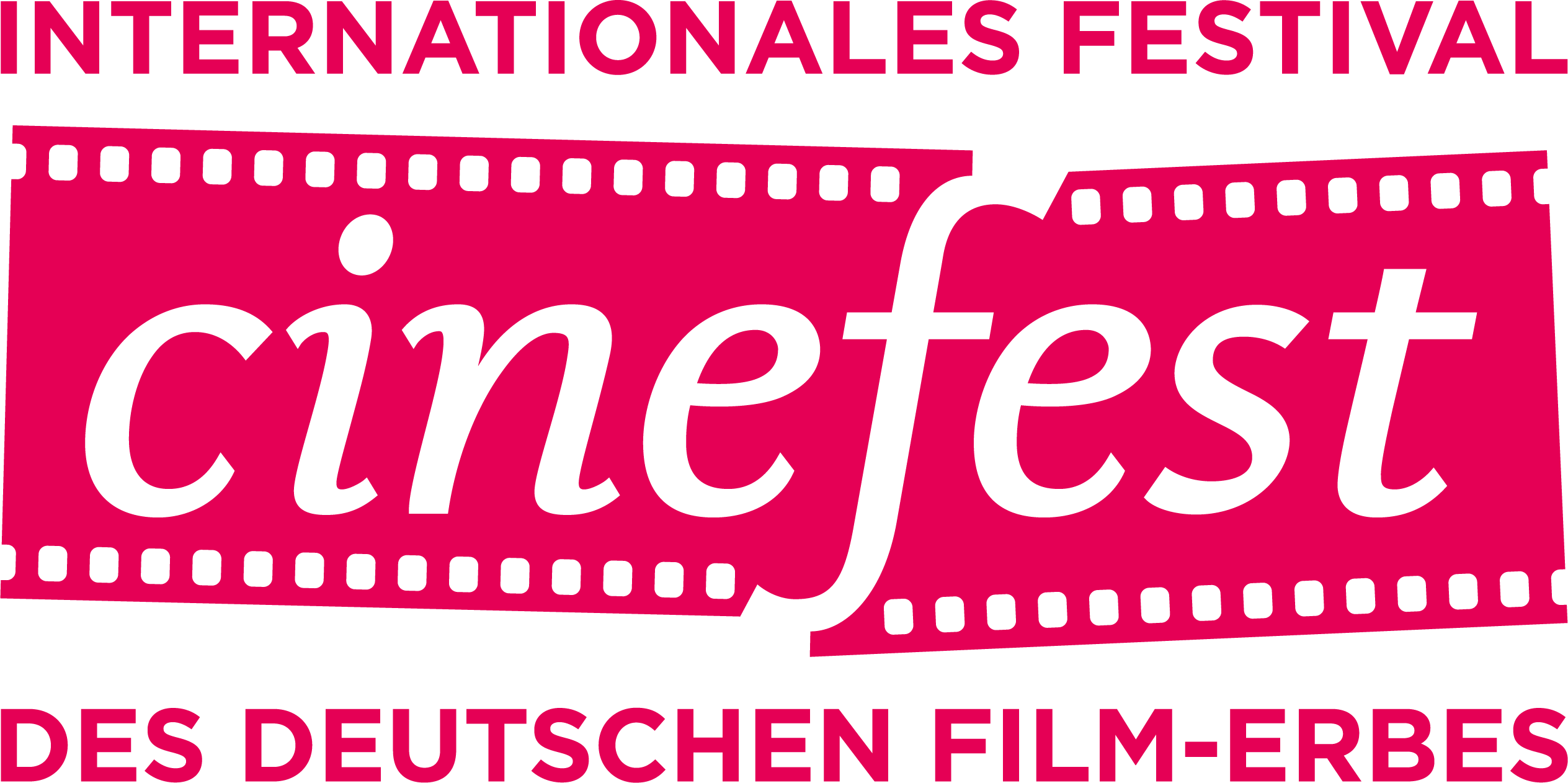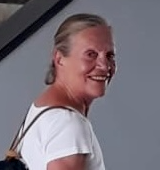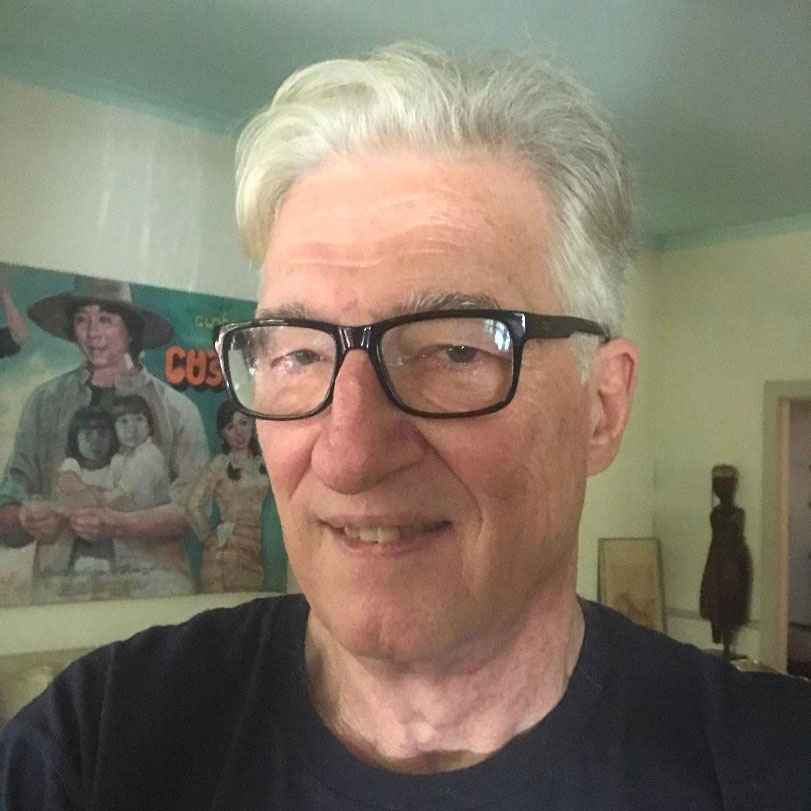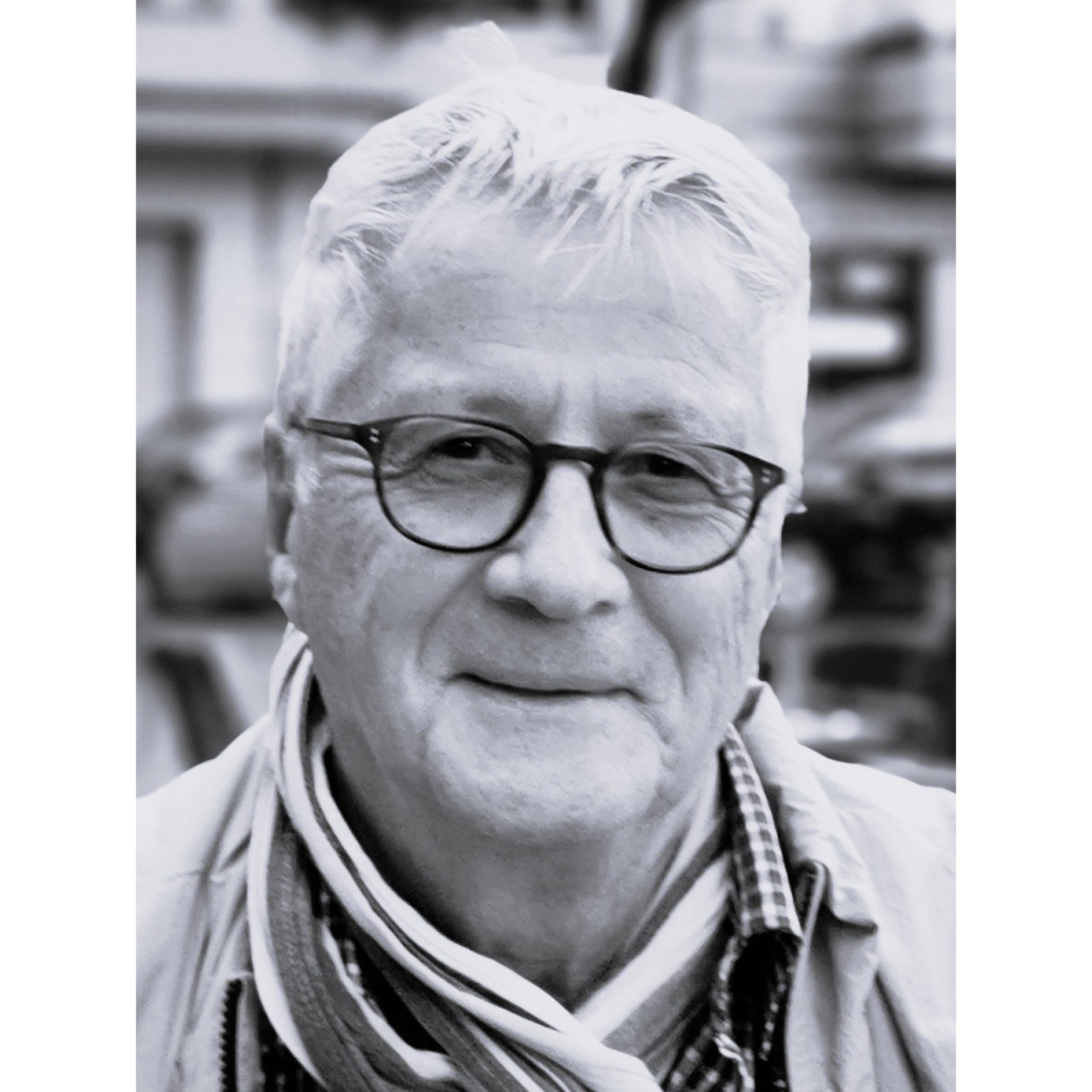Prior accreditation is required for participation.
Stundenplan
23.11.2023
- 09:30 - 09:40
- Welcome
- PANEL 1: MUSIC AND MIGRATION
- 09:40 - 10:30
- Ufa grüβt Lubitsch: Frühe Tonfilmoperetten
- There is an astonishing parallelism of aesthetics between the German sound film operetta of the years 1930-33 and the sound film operettas of the Paramount by Ernst Lubitsch and Rouben Mamoulian, both of whom equally reject film realism. As Michael Wedel records in his work on German music film, Ufa's experimental transformation into a sound film operetta can be explained by the new technical possibilities of sound film and its economic constraints. But also the further development of the sound film operetta into the so-called singer's fillm and in the mid-1930s to the classic film operetta find parallels in the design of the musical in America. The question is how these similar aesthetics of the music film prepared or prevented the ground for German film exiles in Hollywood who made musicals.
- 10:40 - 11:30
- La La Land. Filmmusikalische Phantasien über transatlantische Migration
- The universality of music expands the reverberation chamber of the sound film. By narrating not only visually and acoustically, but also musically, the music film combines a narrative of film aesthetics and a narrative of the sociology of migration: it opens up the boundaries of national cultural identities to transcultural similarities and deviations between the country of origin and the country of residence. He gives musical expression to this process of acculturation and attests to its – universally understandable – affective character. This utopia expands spatially and politically with the perspective of America as the classic country of immigration. Two romantic comedies, both economic crisis films around 1930 and musically dreamed escapes, interpret the experience of transition between origin and future in opposite ways: The Statue of Liberty greets the protagonists of the American film DELICIOUS (US 1931, David Butler) and the German film EIN BLONDER TRAUM (DE 1932, Paul Martin) on their arrival in an equally friendly and inviting manner. But while the dream of luck of the Berlin circus artist Jou-Jou (Lilian Harvey) to become a film star in Hollywood bursts, the dream of luck comes true for the Scottish emigrant Heather (Janet Gaynor). The artist's exclusion from the film business does not lead back to the starting point without an anti-American undertone. One year later, this solution is "dreamed up" for most of the film's collaborators. The integration of the Scottish orphans into the Land of Freedom is already evident on the crossing in the transformation of the different musical identities of the emigrants into the song »The Melting Pot«, in which these differences merge. Music is therefore in the air of La La Land: whether voluntary migration or involuntary exile, the German and European filmmakers bring the proven potential for a successful transmigration with them: a high level of formal qualification, spatial mobility, transnational networks, circular cultural identity and the practice of the transformational music film that has an impact on the aesthetics of the American musical.
- PANEL 2: DEFINING MUSIC FILM
- 11:40 - 12:30
- Über Heymanns Tonfilmoperetten und Möglichkeiten, Musikfilme zu beschreiben
- In order to describe the structure of musical film comedies, a grid of descriptive categories is presented using Werner Richard Heymann's sound film operettas. Below the genres of comedy and melodrama, a circle of scenic comedy and happy ending is constitutive for the former. He is also able to integrate serious topics and milieus typical of the time. Larger-scale comedic structures fit into the plot structure: confusion or deception, comic characters, parody and satire, wit and comedy of the language, as well as (on a meta-level) a self-irony of the film. – The description of the overarching intentions and goals of the characters as well as their mutual conflicts characterize the film's plot; Causative and resolving (internal to the play as well as time-typical) turning points are also essential. This is illustrated by the film EIN BLONDER TRAUM. – Descriptors for the music are: singing as a genre convention versus scenically motivated music, musically underpinned sequences vs. musicless, singing vs. instrumental variations, adopted music (operetta film, composer's film), connection between musical and image rhythm, cross-cut melody, choirs, musical joke. – In contrast to the one-song film, a “symphonic” design works with several songs that characterize central characters and themes. This special quality of Heymann's sound film operettas is illustrated by EIN BLONDER TRAUM, especially the song "Irgendwo auf der Welt".
- 12:30 - 13:30
- Lunch Break
- FEDERAL ARCHIVE DIGITAL
- 13:30 - 14:30
- Eigenständige und umfassende Online-Filmrecherchen – der neue Digitale Lesesaal; Von der Filmrolle zur Datei. Die Postproduktionswerkstatt in Hoppegarten
- 14:40 - 15:40
- Discussion about the opening film

Datum
- 23. Nov. 2023
- Abgelaufene Events
Uhrzeit
Sprecher
-
Christian HängerHead of department for archival technology and central professional services in the Federal Archives
-
Heike KlapdorFilm historian, Berlin
Dr. phil., researches and writes on the topics of women, exile, film and literature, editor and author of numerous publications, most recently on films by Julien Duvivier (Synema 2023) and Marcel Carné (Synema 2023). In 2021 the monograph »Mit anderen Augen. Exil und Film« (edition text+kritik) was published. In 2016 she was awarded the Reinhold Schünzel Award.
-
Jan-Christopher HorakProfessor, Chapman University, UCLA
Professor, Chapman University, UCLA; Former Director of the UCLA Film & Television Archive; Director, Archives & Collections, Universal Studios; Director, Munich Film Museum; Senior Curator, George Eastman House; Professor, University of Rochester; University of Film and Television, Munich; Doctorate at the Westphalian Wilhelms University, Münster. Publications: »Hollywood Goes Latin« (2019), »Cinema Between Latin America and Los Angeles« (2017), »L.A. Rebellion: Creating a New Black Cinema« (2015), »Saul Bass« (2014), »Lovers of Cinema« (1995), »Anti-Nazi Filme der deutsch-sprachigen Filmemigration von Hollywood« (1985), »Film und Foto der 20er Jahr« (1979). Approx. 300 articles. Awards: SCMS Katherine Kovacs Singer Essay Award (2007), Andor Kraszna-Kraus Film Book Award (2016), SCMS Best Edited Collection Award (2017), Reinhold Schünzel Award (2018), Honorary Award of the German Cinematheque Association (2021).
-
Petra RauschenbachHead of the film archive department at the Federal Archives
-
Wolfgang TrautweinLiterary scholar, Salzburg / Berlin
born 1949, state examination in German studies, philosophy and Romance studies, comparative doctorate on horror literature in the 18th and 19th centuries, publications, etc. on forms of drama, comedy theory, Werner Richard Heymann. 1978 Research assistant at the Technical University of Berlin, managing director of the Literary Colloquium Berlin, secretary of the literature department of the Academy of Arts Berlin, 1986-2015 director of the archives of the Academy of Arts, 2015-2021 chairman of the working group of independent cultural institutes (AsKI). Lives in Berlin and Salzburg.






